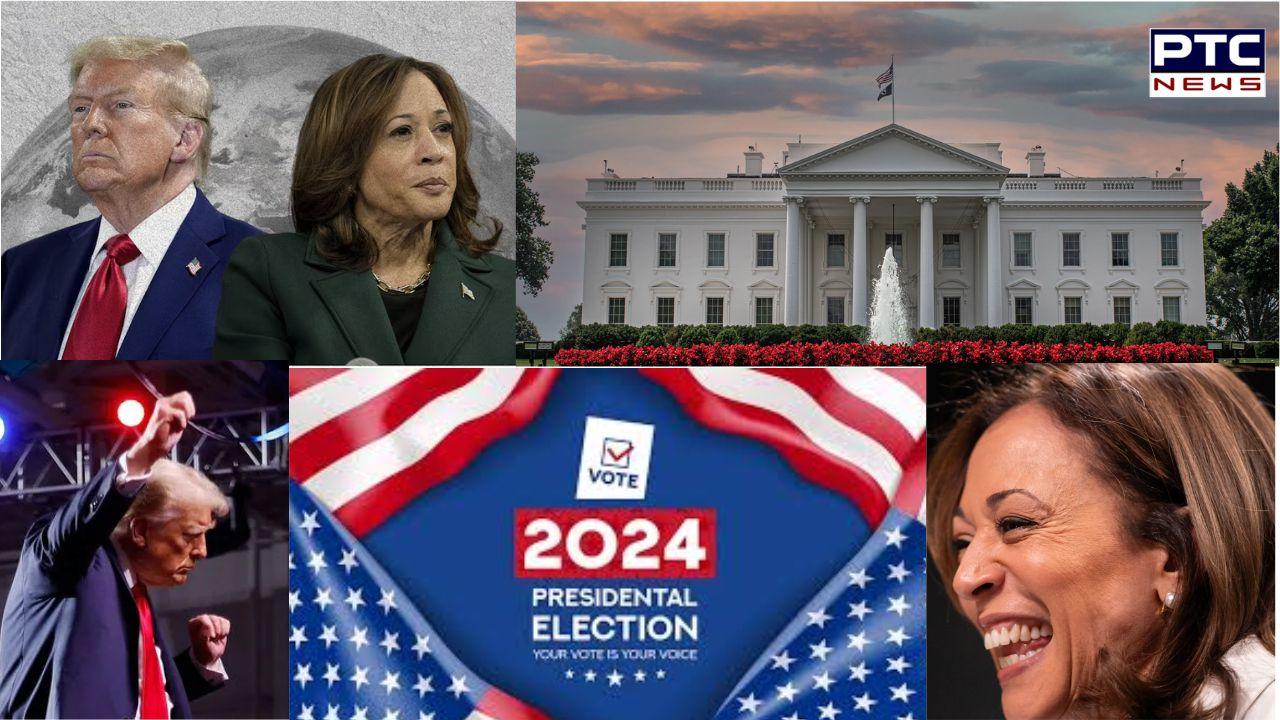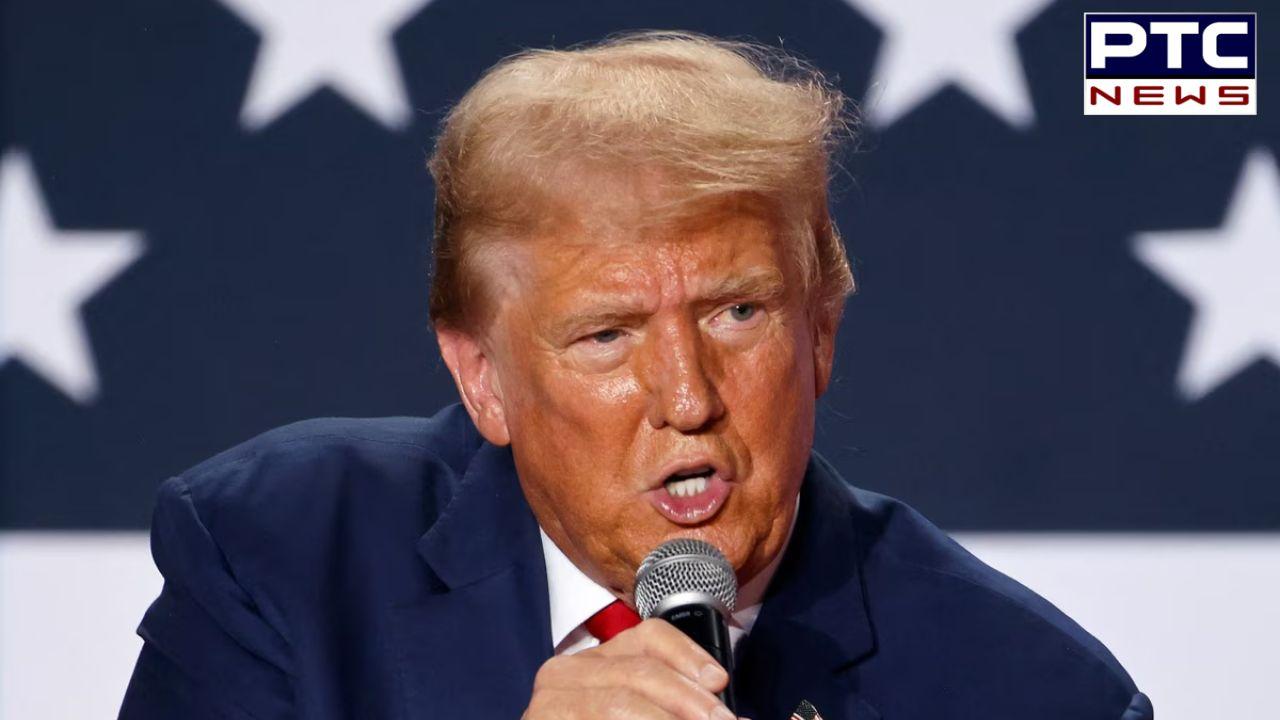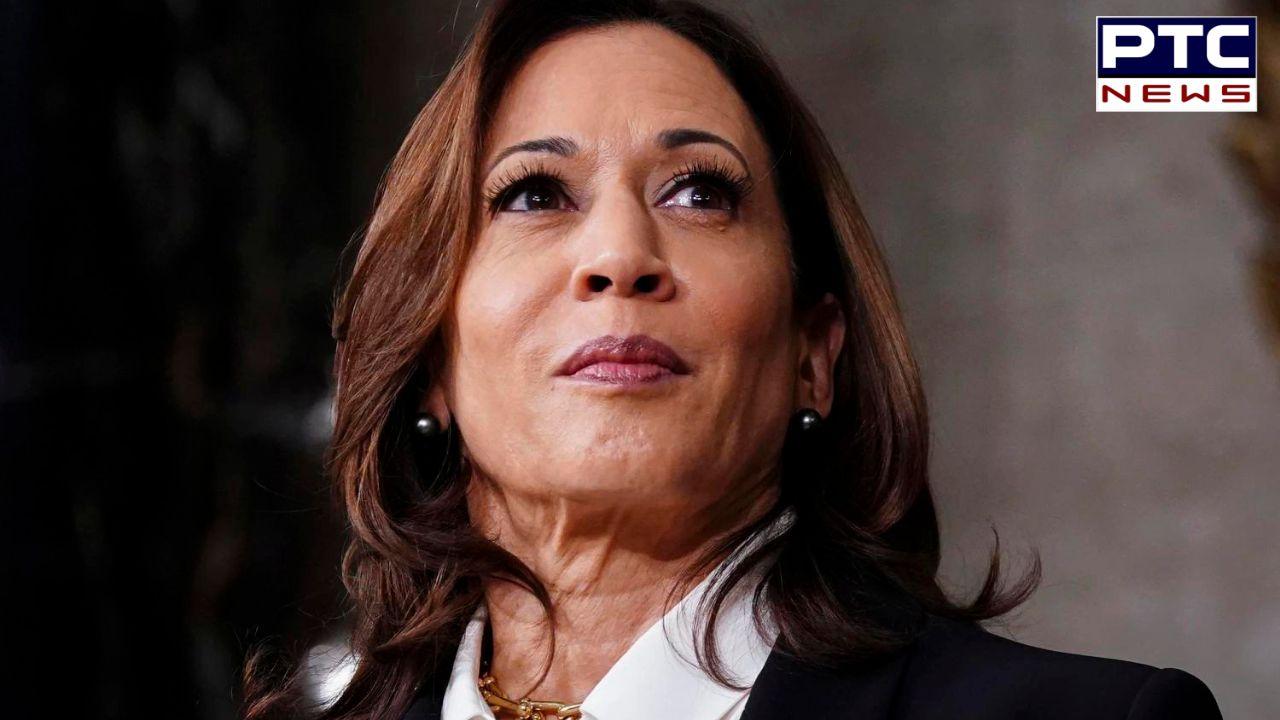

US election 2024: How United States elects its President? From early campaigning to final inauguration | Explained
US election 2024: The United States presidential election is a complex and lengthy process that unfolds over several stages, beginning well before the general election takes place in November.
Here’s a comprehensive look at how the process works, from early campaigning to the final inauguration
Early Campaigning and Preparations
Nearly a year before the election, candidates from the two primary political parties — the Democrats and the Republicans — start preparing for their campaigns. This period involves setting up campaign teams, fundraising, organising rallies, and meeting with voters to garner support. High-profile candidates often engage in a series of televised debates, where they outline their policies, defend their views, and challenge their opponents on various issues. These debates are crucial for shaping public opinion and generating momentum as the election process progresses.
Step 1: Primaries and Caucuses
The journey to securing a party's nomination officially kicks off with primaries and caucuses. These events are instrumental in selecting delegates who will represent voters at each party’s national convention, and they occur in states across the country.

Caucuses: In states that use caucuses, party members gather at local venues to discuss and vote for their preferred candidate. This is a more interactive and community-based approach, where discussions often precede the voting process. Essentially, a caucus serves as an alternative to primary elections and involves electing delegates who support particular presidential hopefuls.
Primaries: More common than caucuses, primaries are straightforward voting events. Registered party members, or in some cases any registered voter, cast secret ballots for their favoured candidate. There are open primaries, where all registered voters can participate regardless of party affiliation, and closed primaries, limited to party members only. Primaries typically take place six to nine months before the general election.
Key states like Iowa, New Hampshire, Nevada, and South Carolina hold early primaries or caucuses, and their outcomes can significantly influence the momentum of candidates. A strong showing in these states often helps candidates build support, while poor performance can derail their campaigns.
Step 2: National Conventions
Once the primaries and caucuses are completed, each party holds a national convention, usually in the summer of the election year. To become the official presidential nominee, a candidate must secure a majority of delegates. At the convention, these delegates cast their votes to endorse their chosen candidate. If no candidate has a clear majority, the convention may require multiple rounds of voting to determine the nominee.
The national convention is also where the presidential nominee selects a running mate, who will be the candidate for Vice President. This decision is strategic, as the running mate often complements the presidential candidate’s strengths and appeals to specific voter demographics. The conventions serve as a launching pad for the general election campaign, with candidates working to unify their party and present their vision to the broader electorate.
Step 3: The General Election
The general election takes place on the first Tuesday in November. During this nationwide vote, citizens cast their ballots for their preferred presidential and vice-presidential candidates. However, voters are technically voting for a slate of electors pledged to these candidates. These electors are part of the Electoral College, a unique system that ultimately determines the winner of the presidency.

Step 4: The Electoral College
The US president and vice president are not elected directly by the people. Instead, they are chosen by the Electoral College, an institution established by the Constitution. The Electoral College consists of 538 electors, with each state receiving a number of electors equal to its total representation in Congress (the sum of its Senators and Representatives). Washington, D.C., also has three electors.
How It Works: When voters cast their ballots in the general election, they are actually voting for a group of electors who are pledged to support their preferred candidate. In most states, a winner-takes-all system is in place, meaning the candidate who wins the majority of the popular vote in that state receives all its electoral votes. Only Maine and Nebraska use a proportional system to allocate their electors.
Winning the Presidency: A candidate needs at least 270 out of 538 electoral votes to secure the presidency. This threshold makes certain states, known as “swing states” or “battleground states,” critical. States like Florida, Pennsylvania, Wisconsin, Michigan, Ohio, and Arizona are highly contested because they can swing either way in an election, and winning these states is often key to achieving victory.
The Significance of the Electoral College
The Electoral College means that the outcome of the general election is not solely determined by the national popular vote. This system has led to scenarios where a candidate wins the presidency despite losing the popular vote, as happened in the 2000 and 2016 elections. The electors formally cast their votes in mid-December, and the results are certified by Congress in early January.
Step 5: Inauguration
The final stage of the presidential election process is the inauguration, which occurs on January 20 following the election year. During the inauguration ceremony, the President-elect and Vice President-elect are sworn into office, marking the beginning of their four-year term. This event symbolises the peaceful transition of power, a hallmark of American democracy.
Minor Parties and Independent Candidates
While the focus is often on the Democratic and Republican candidates, minor parties and independent candidates also have a path to the ballot. These candidates may not have national conventions but can qualify for ballot access in individual states if they meet certain requirements. Their impact on the election varies, but they can influence the outcome by drawing votes away from major party candidates.
- With inputs from agencies
